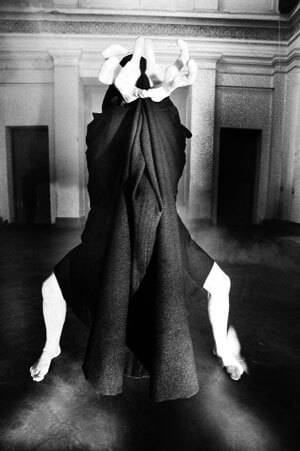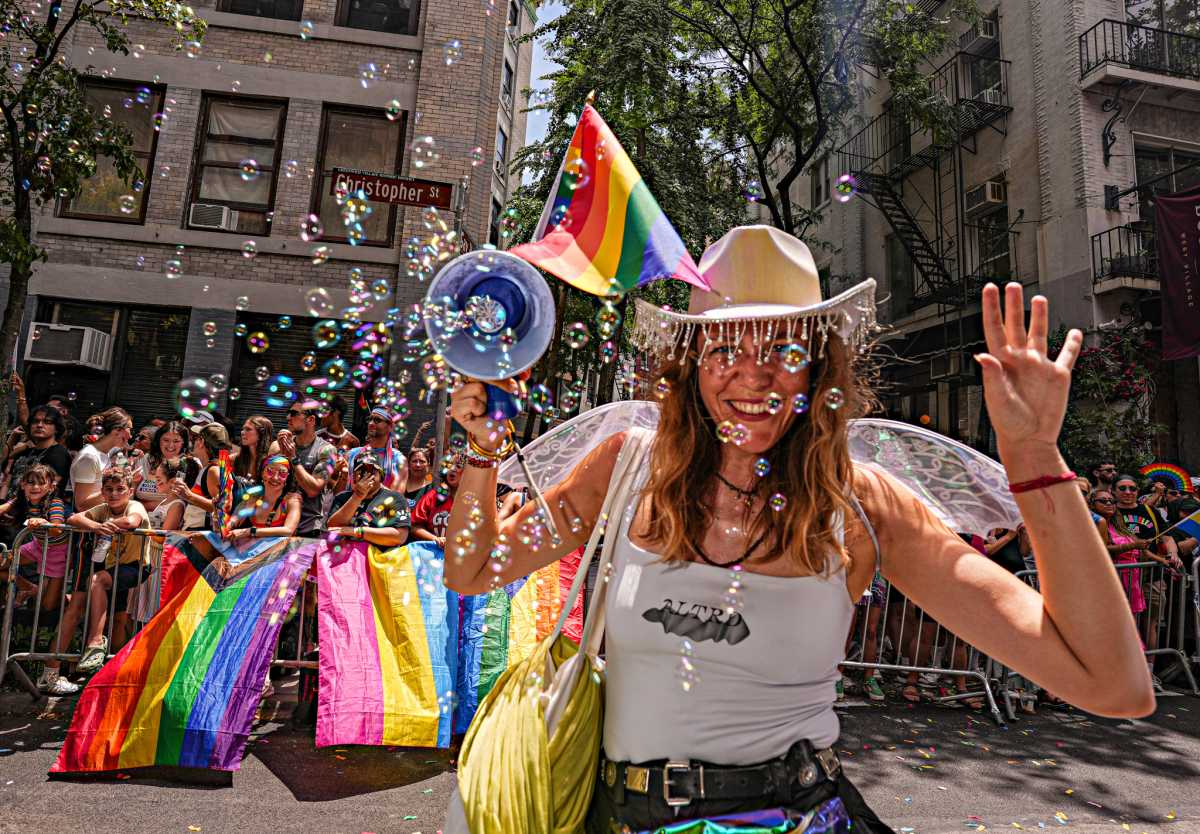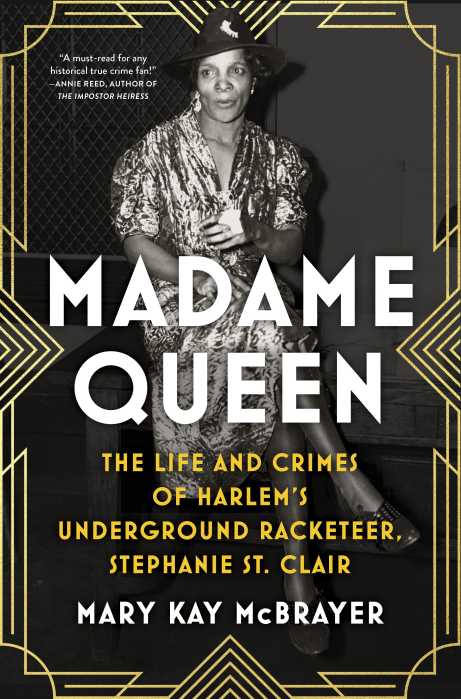VOLUME 3, ISSUE 344 | October 28 – November 3, 2004
DANCE
KITT JOHNSON X-ACT
“The Mirror”
Danspace Project at
St. Mark’s Church
Closed
Transforming the Horror Within
With movement, illusion, music and costume, Kitt Johnson creates a universe of creatures
Noise fills the air as the lights go down. From the rear of a long shaft of light, a shadowy lump emerges from the darkness, an amorphous life form crawling from the primordial soup. In silence, the shape shifts into a hooded black triangle, then a faceless executioner. Fear threatens to take hold; the darkness is palpable. Yet just as the images begin to evoke horror, they morph again.
Danish choreographer Kitt Johnson works with illusion and performance grounded in Eastern and Western expressionism, challenging perceptions and expectations and even employing anthropomorphism. Using only black cloth and a reversible, invertible dress, her solo “The Mirror” is an exquisite sculpture in metamorphosis—into visions of strange creatures, human and otherwise.
Each transition is dramatic. Slug, crab, caterpillar, anemone, woman—she became druid, dame, Bergman’s Death, the Wicked Witch half-melted and trapped in a dream. Every motion, no matter how small is significant, engaging. Her face alone, a mask of white is a blank slate; one look is everything. At times only her legs appeared beneath great black shapes, surreal and yet familiar, reminiscent of Ernst, Arp, Miro. She used her hands to suggest mandibles, obscuring her face and clawing her fingers with wrists held together. Underneath the long black gown, the costume’s penultimate form, fluttering fingers created a flagellating membrane. Cyborg, phantasm, griffin. Hybrid monsters, future humans.
Johnson’s collaborators on “The Mirror” included Sture Ericson and Jan Juhler who composed the score of whorling noises and stark, immobile silences, and Mogens Kjempff, whose fine lighting design kept the piece moving in and out of the darkness. The ever-changing costume designed by Charlotte Ostergaard was essential to the work. Beneath the cloth, Johnson wears a sleeveless, textured top with a puffy skirt. After a spasmodic dance that suits this doll-like outfit, the small dress unimaginably unfurls into a full-length gown, with long sleeves and a flowing train.
The title alludes to the psychoanalytic theory of Jacques Lacan, based on the mirror stage, in which an external image of the body produces a psychic response that gives rise to the mental representation of self. In Johnson’s mirror, the images seem to be asking how far we are willing to take our own transformation. From clay to modern human there are enough questions already. In the age of genetic engineering, cloning, and biotechnology, there are other prospects and possibilities with beautiful and curious consequences.
Toward the end, there is a sequence where Johnson sinks into herself, a failed post-human experiment, only to reemerge as a figure of classic beauty. Walking elegantly, trailing her velvety skins long behind her, she turns rises, and folds herself once more back down into the earth.
Charlotte Ostergaard designed the ever-changing costume that Kitt Johnson wears to convey an extraordinary range of images in her solo work “The Mirror.”

































